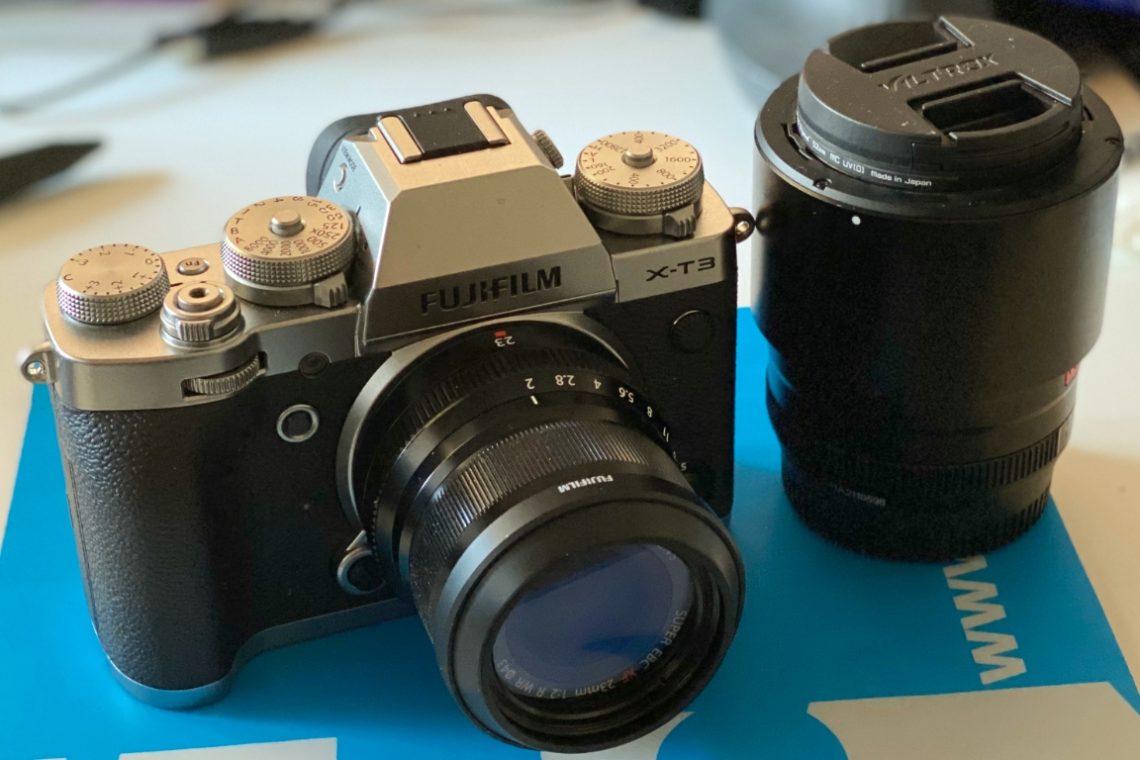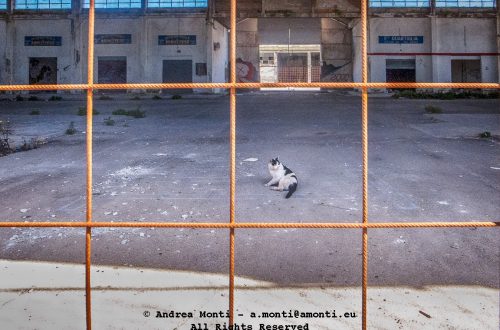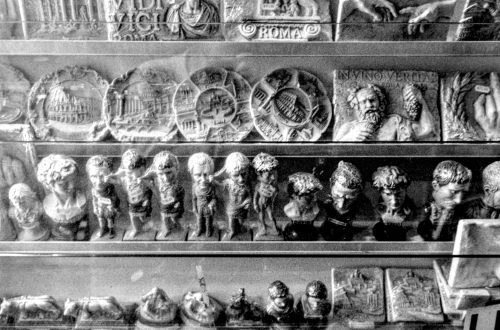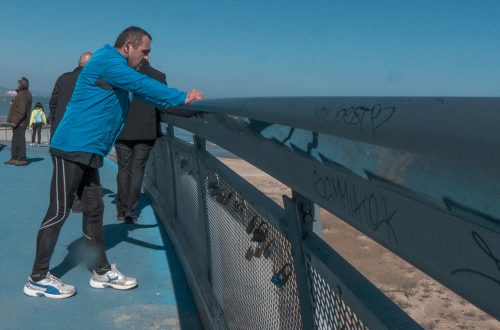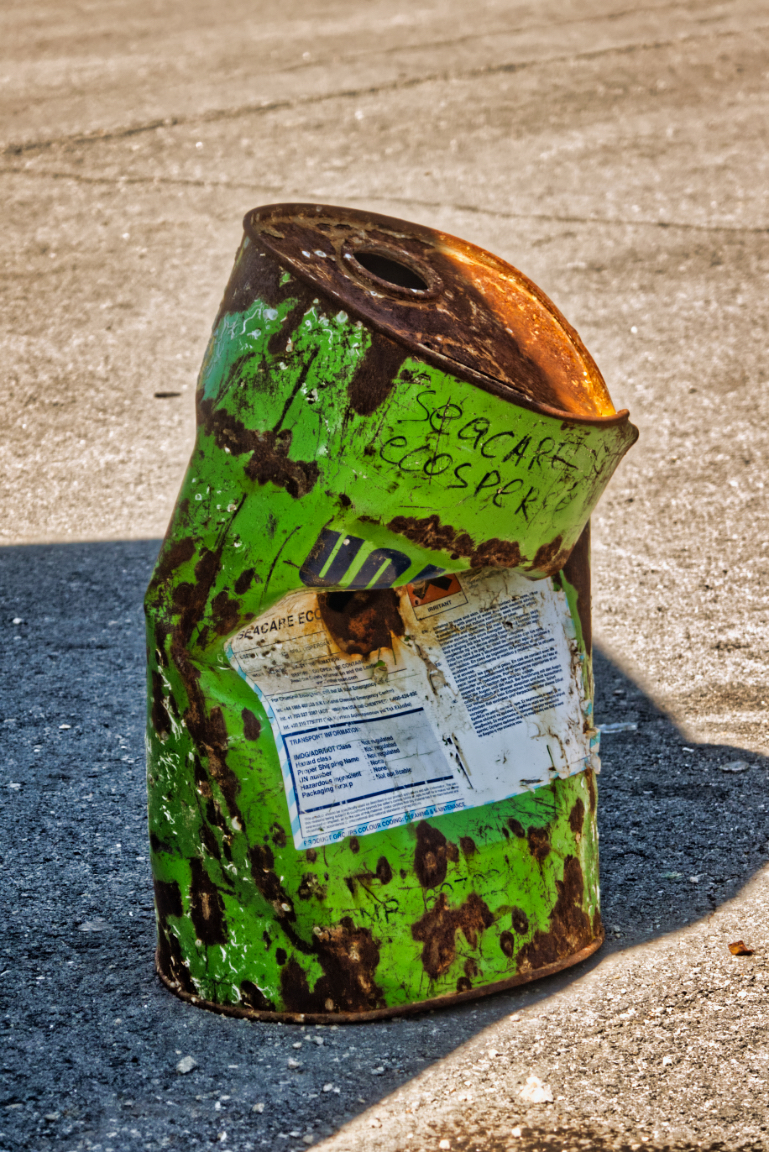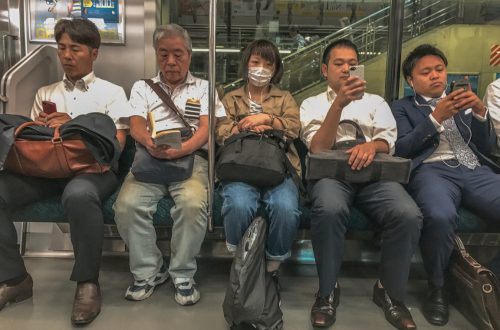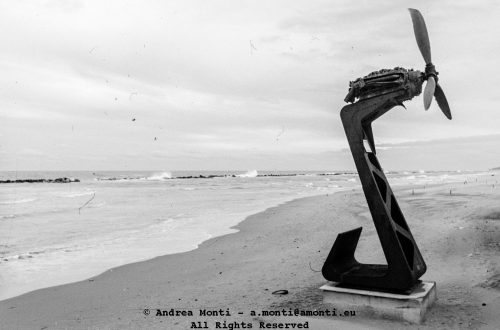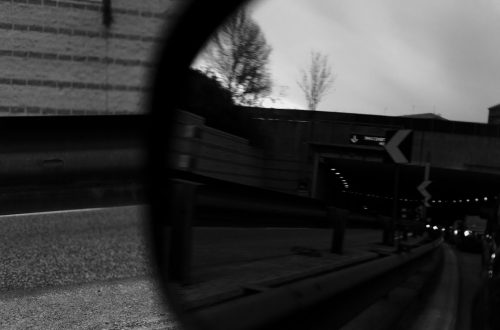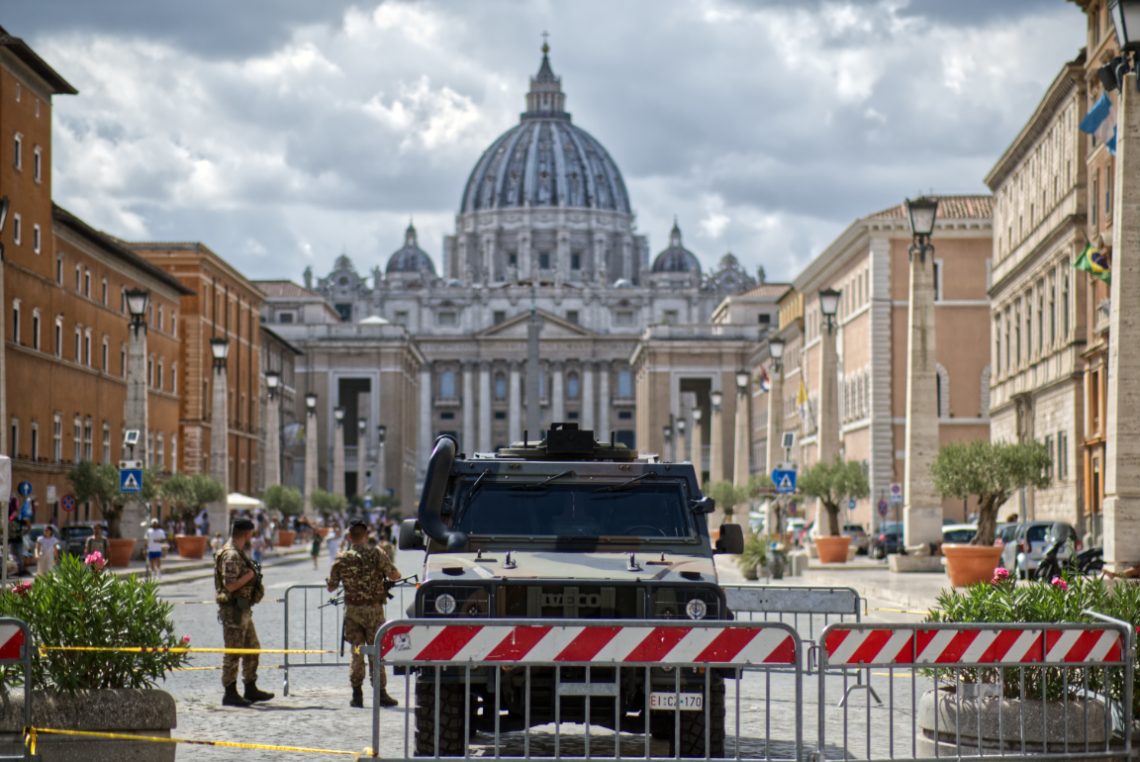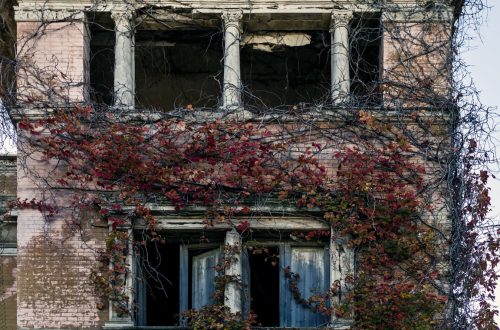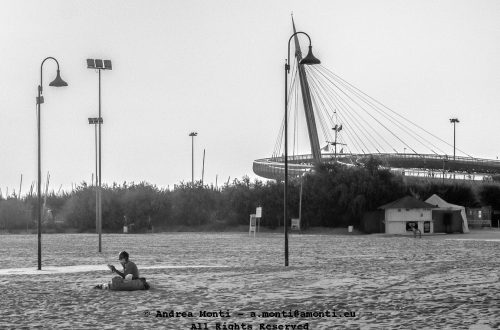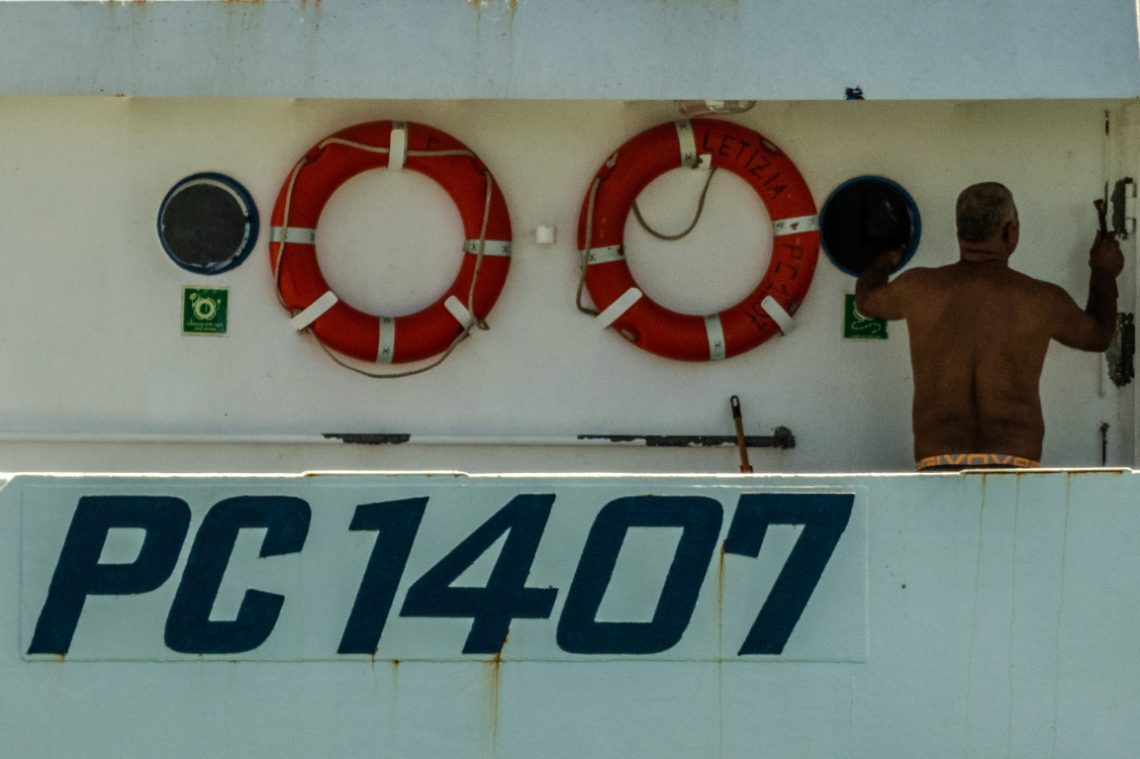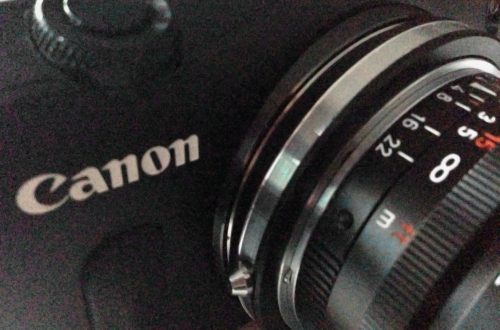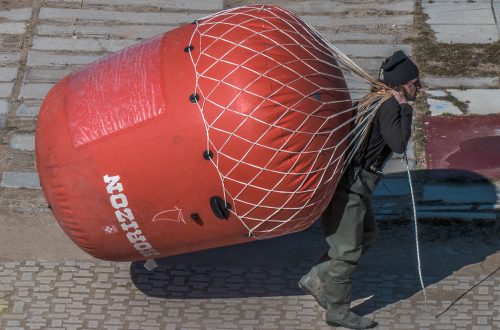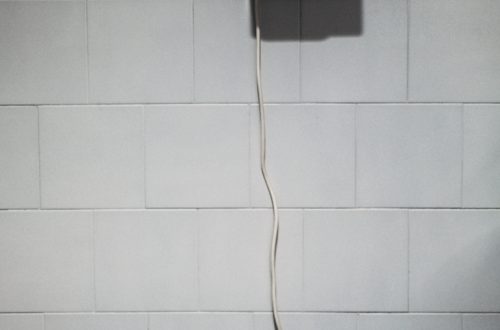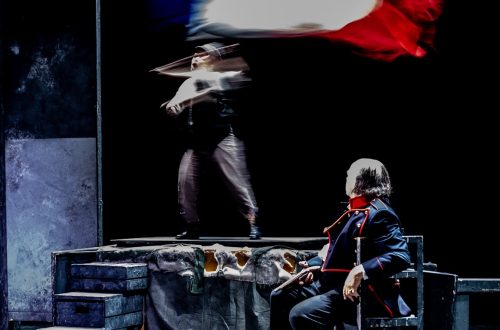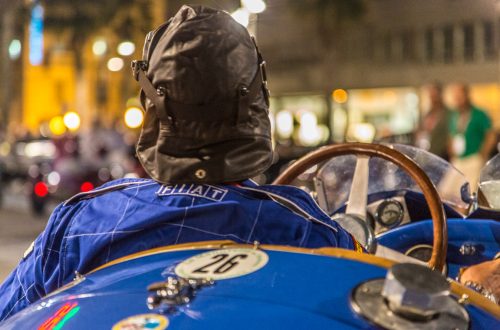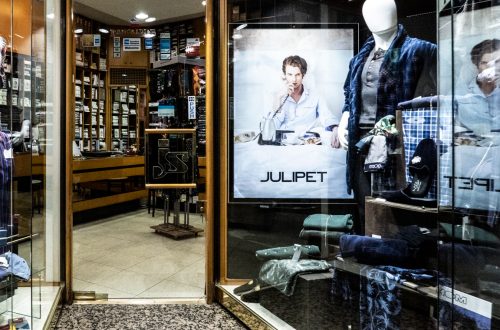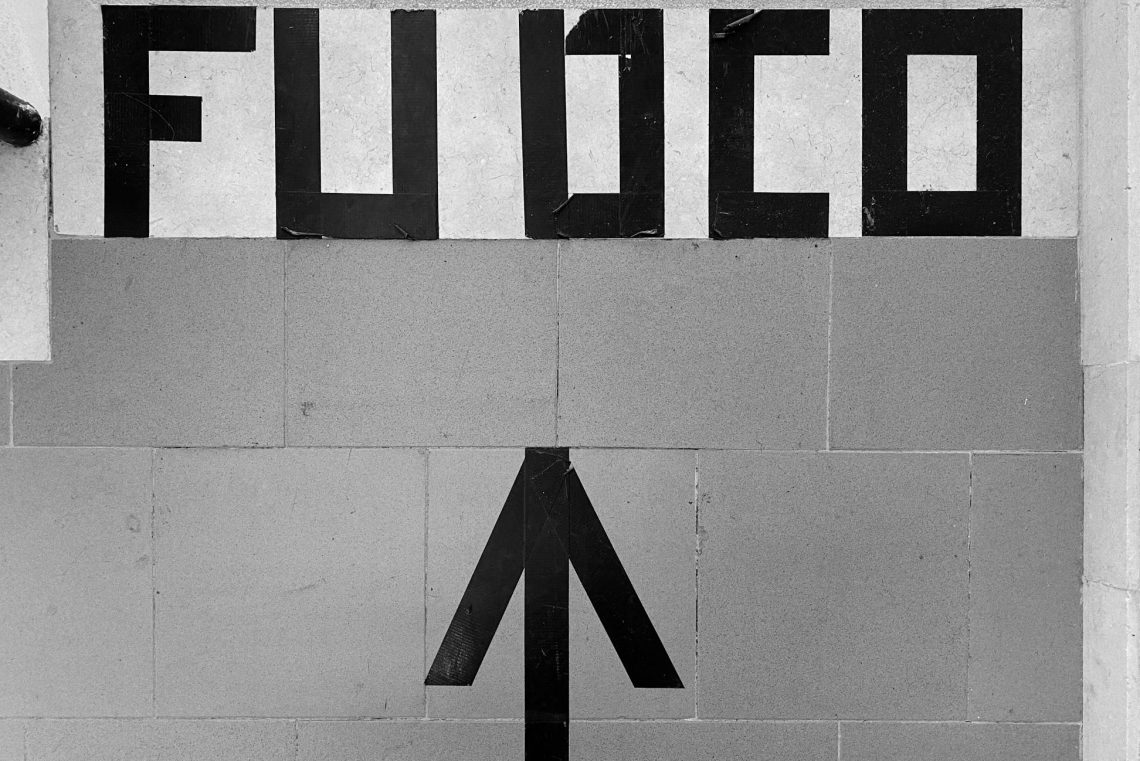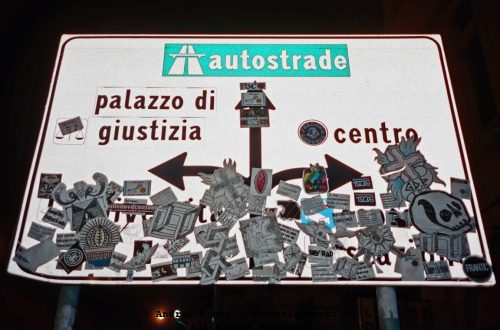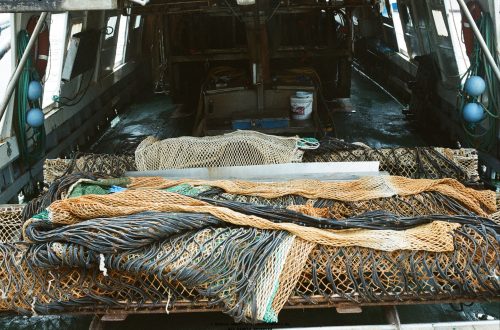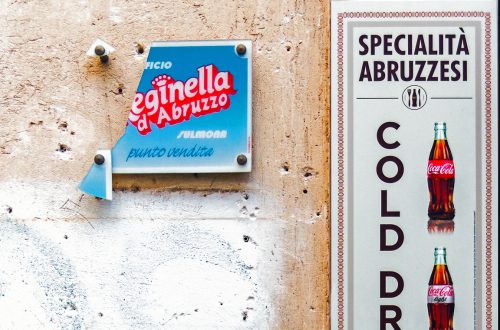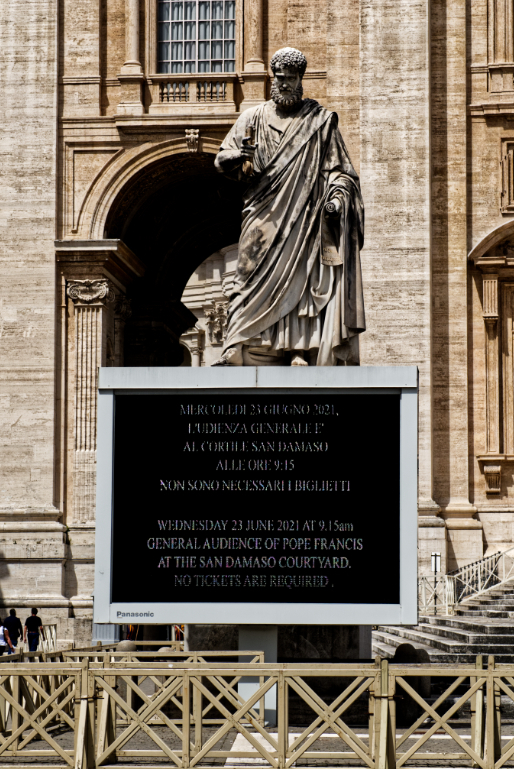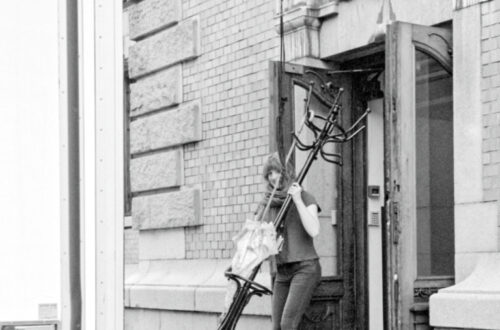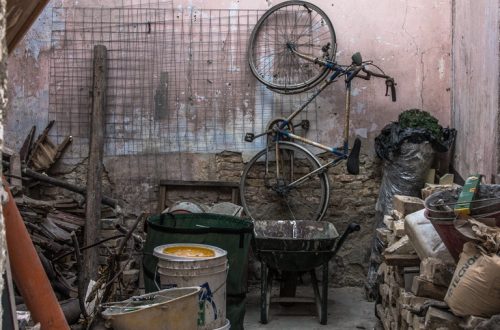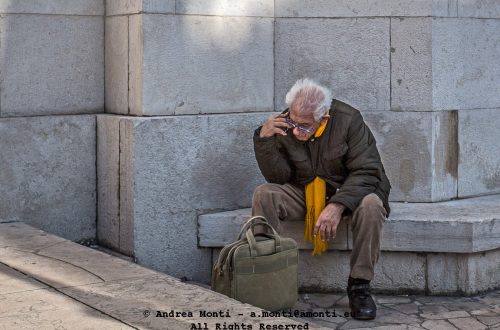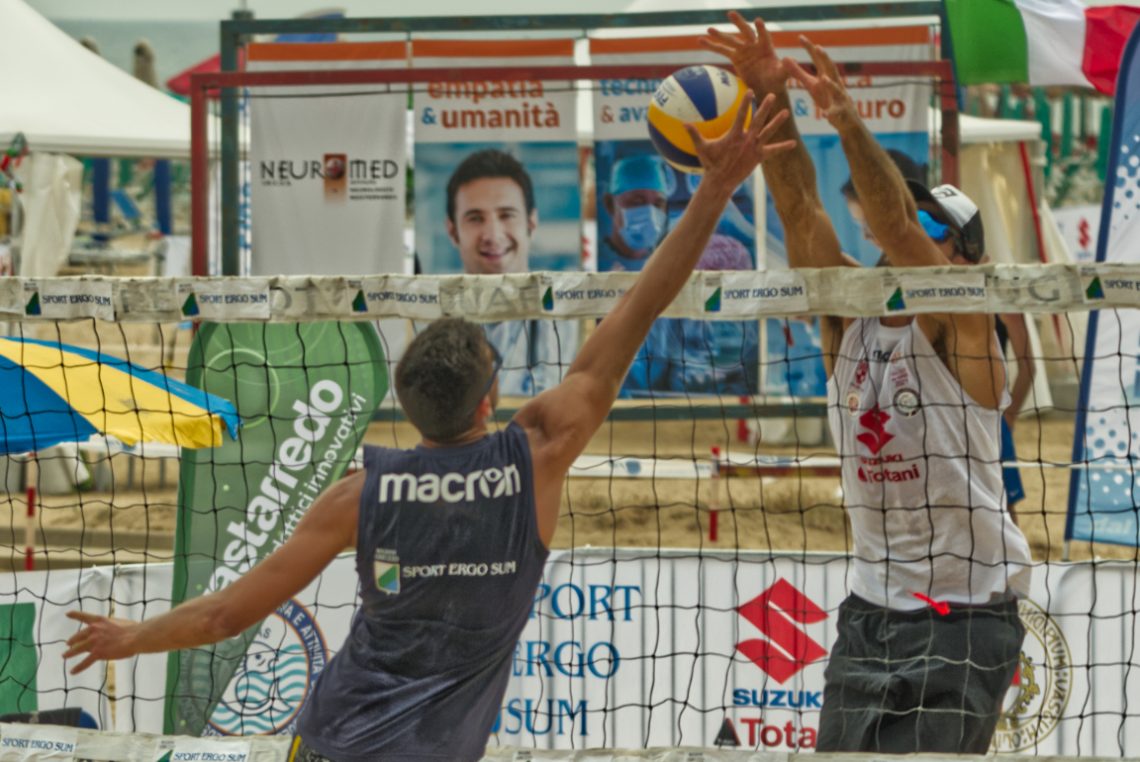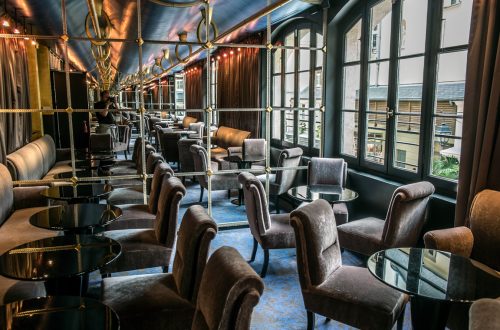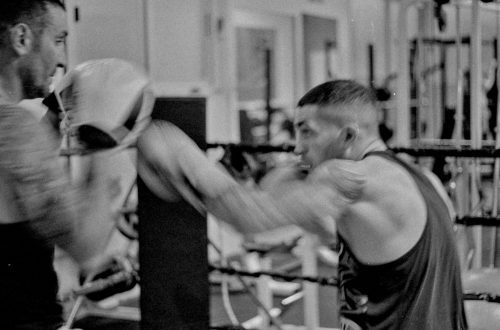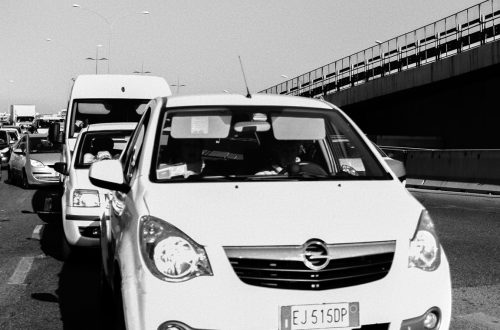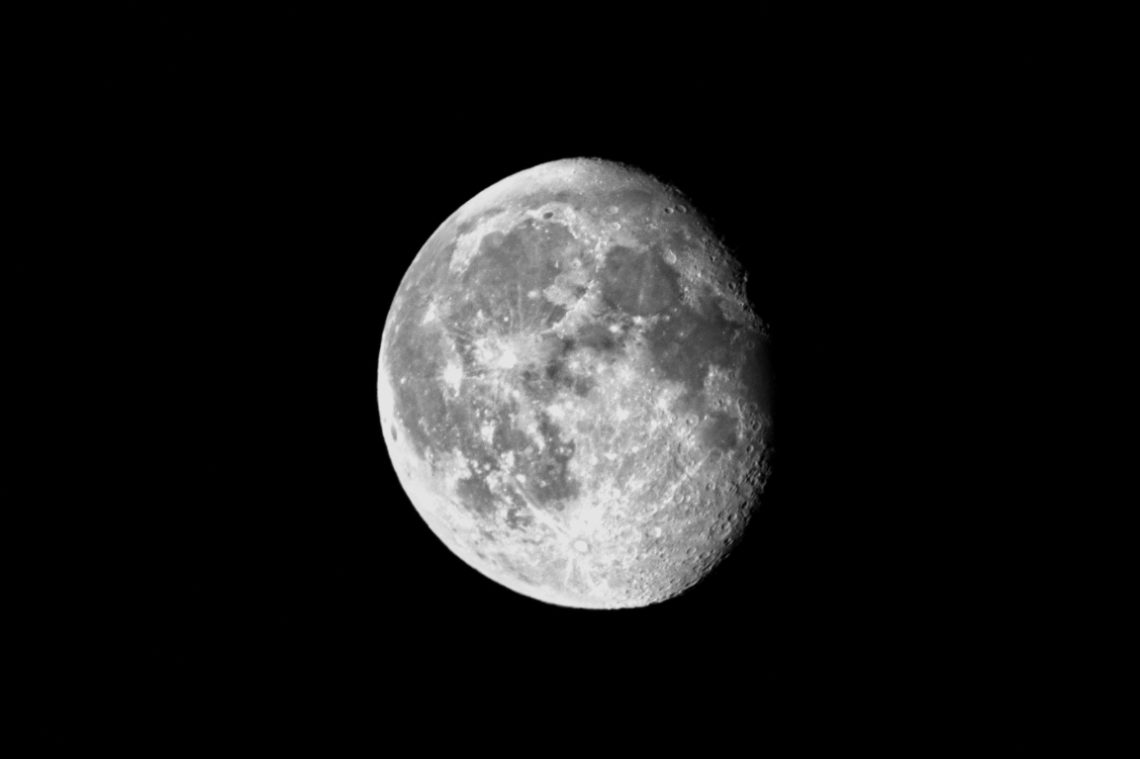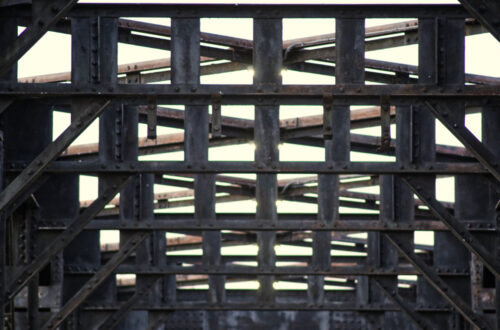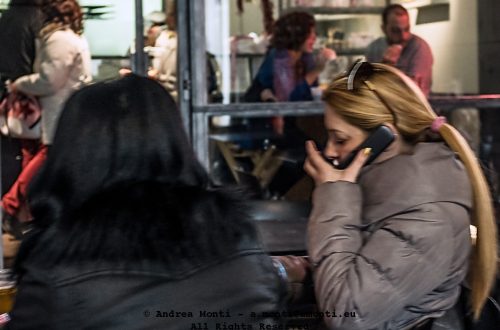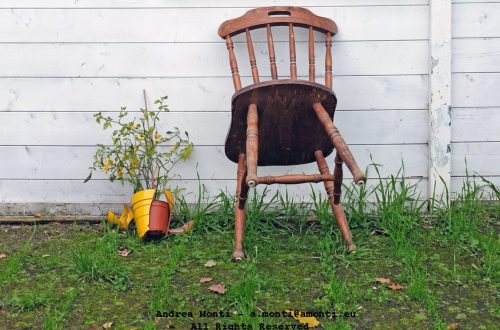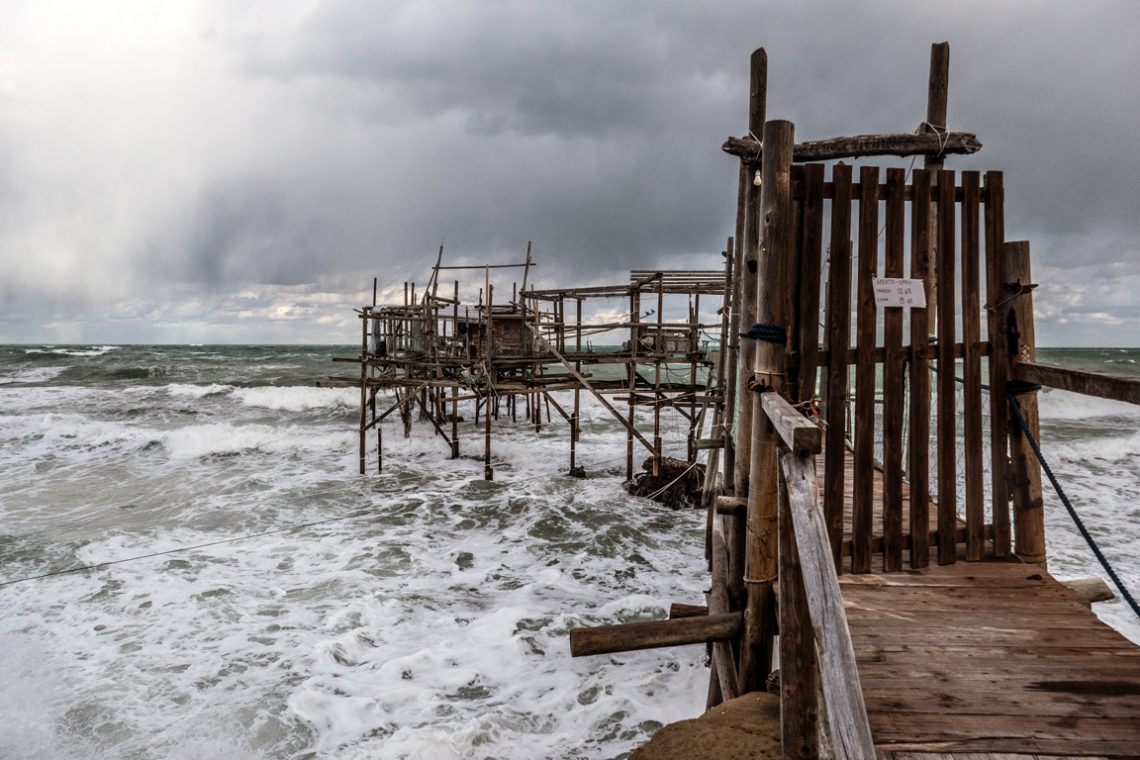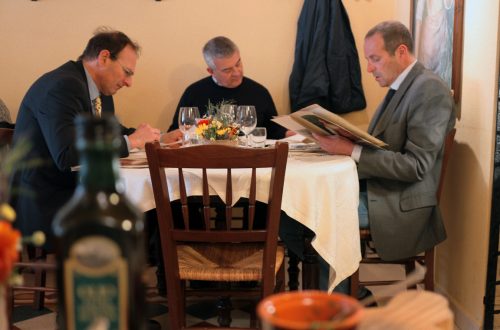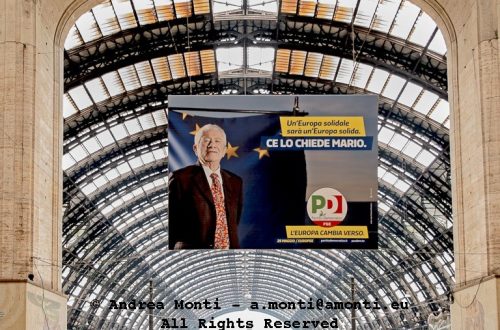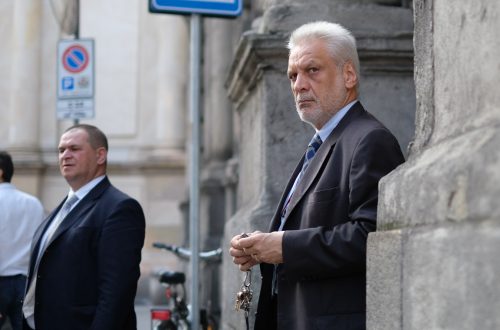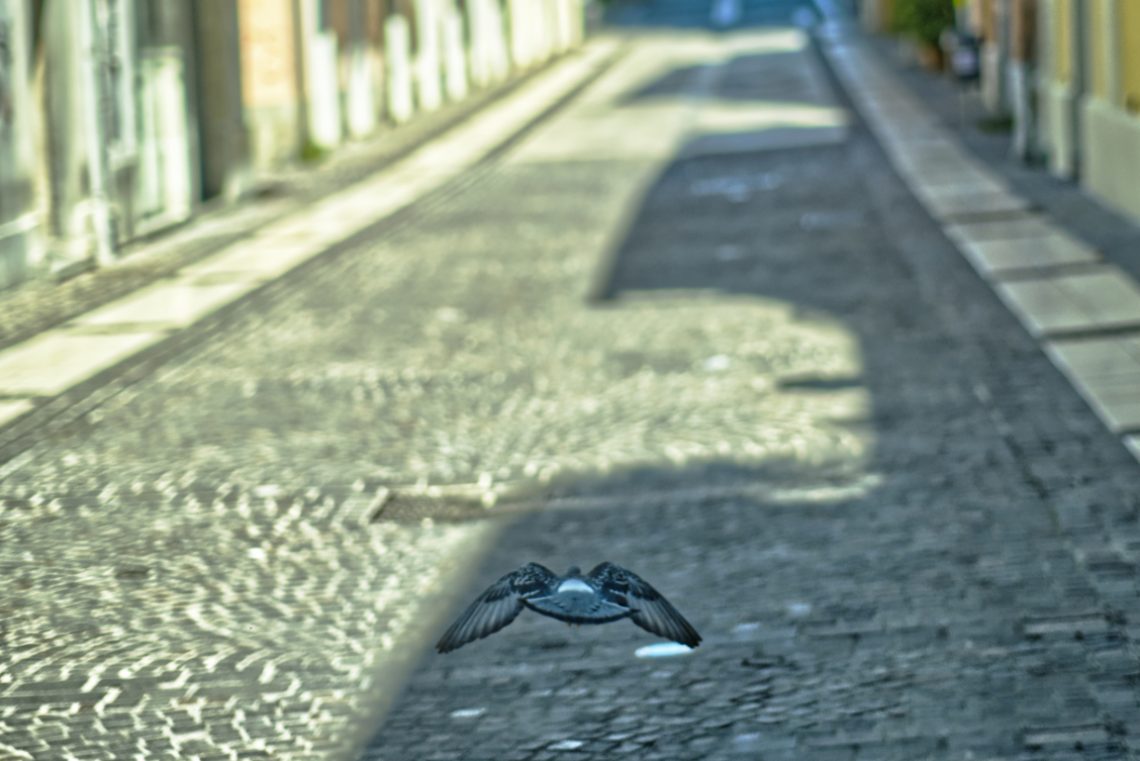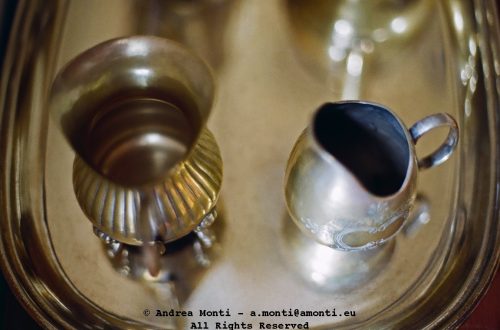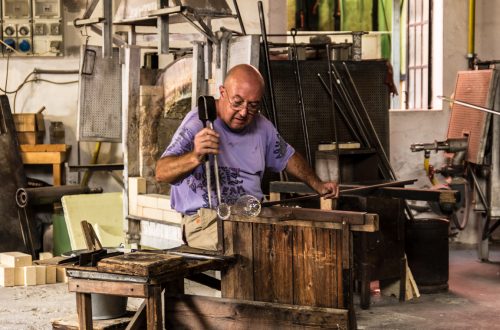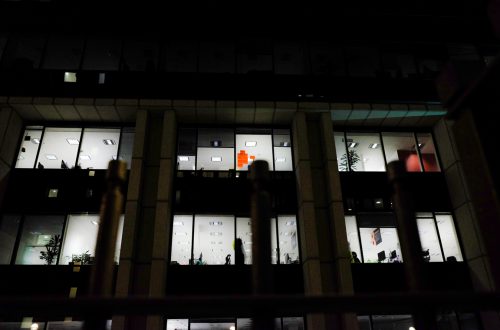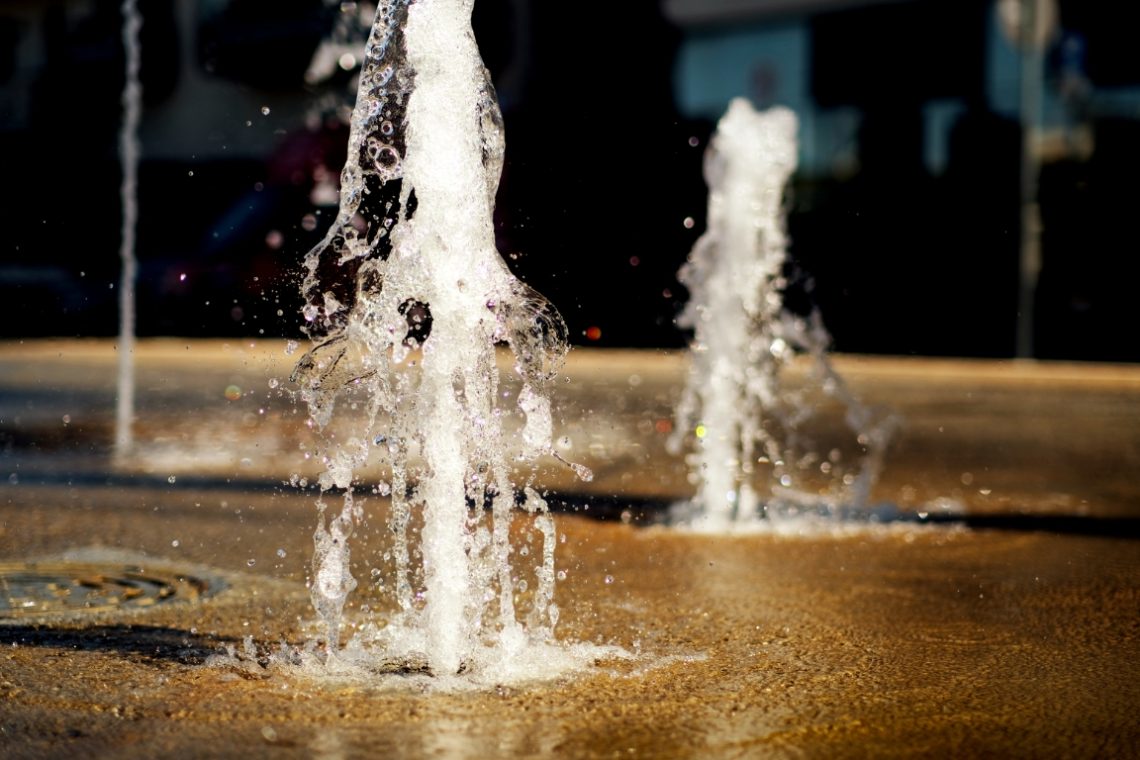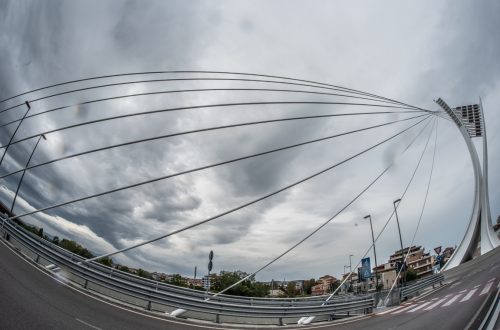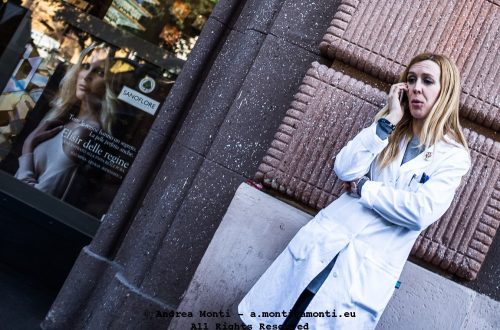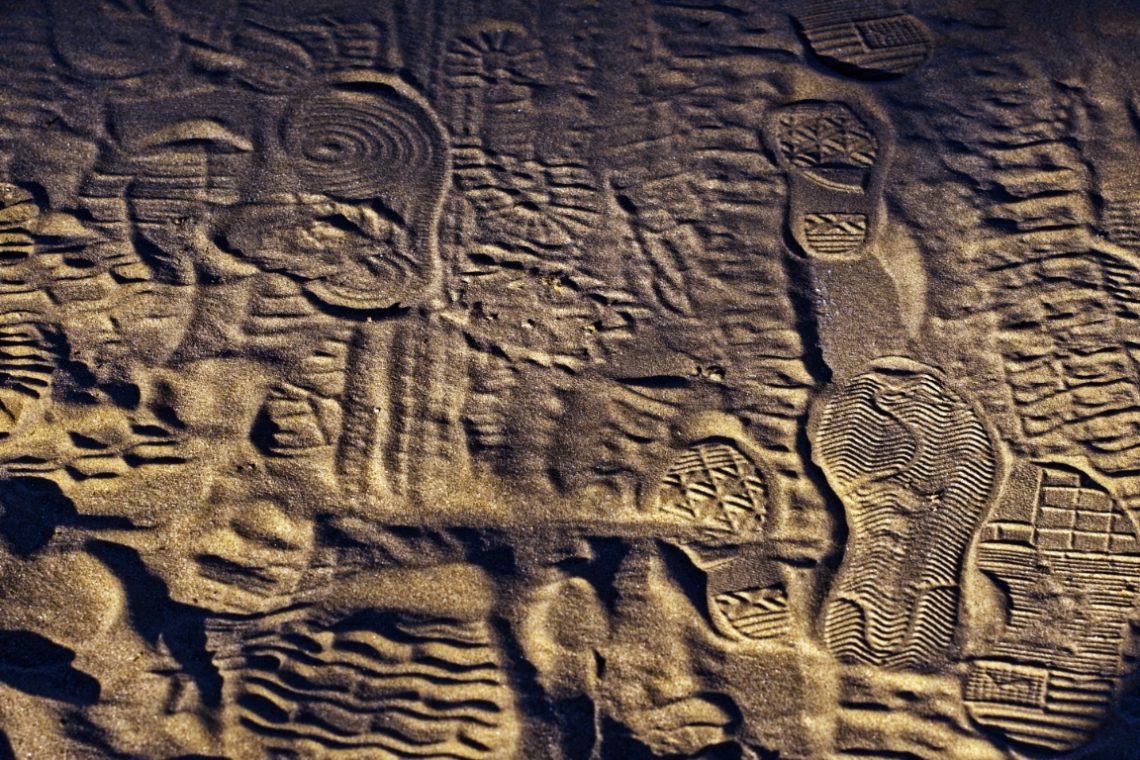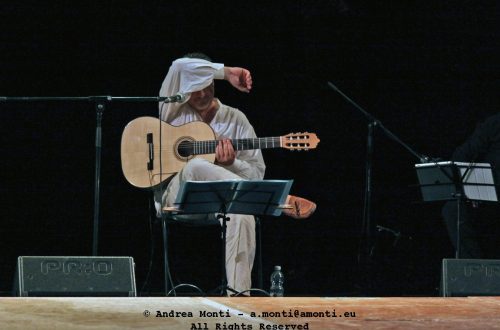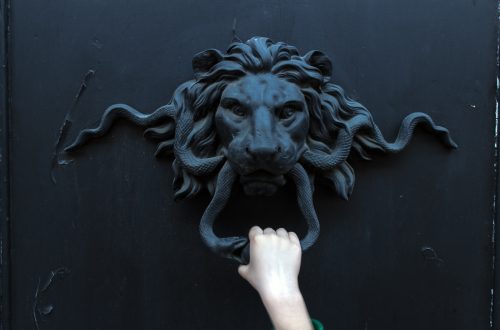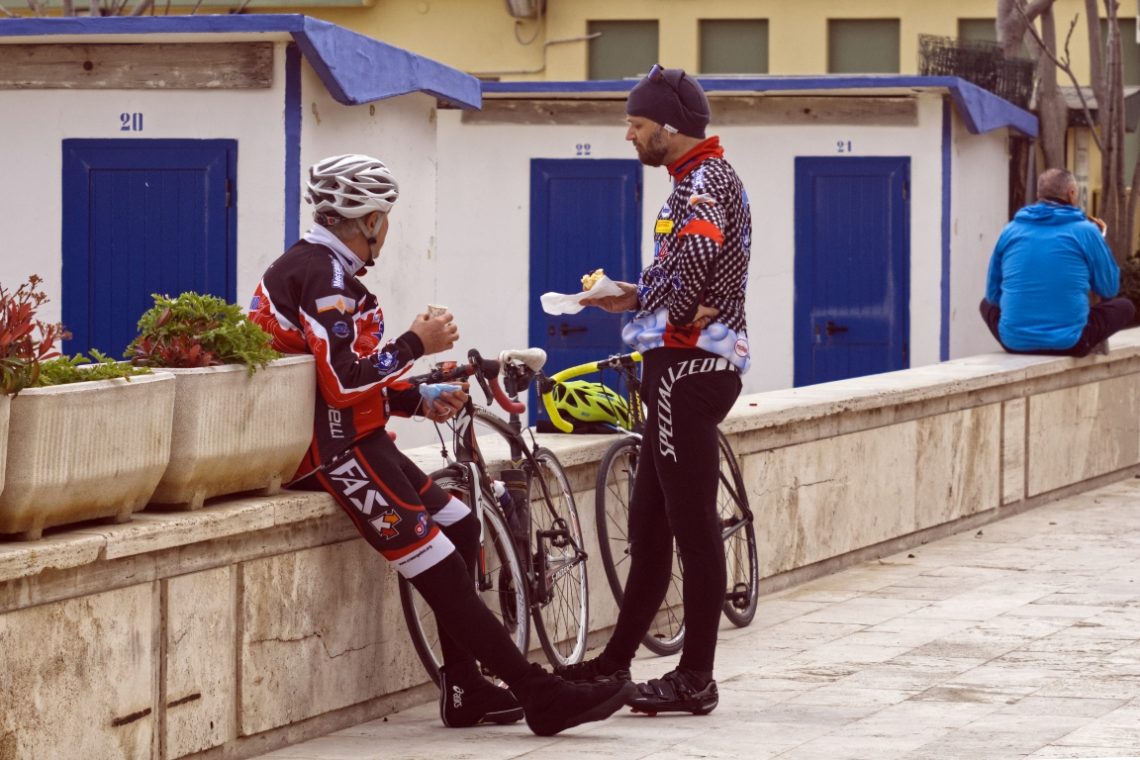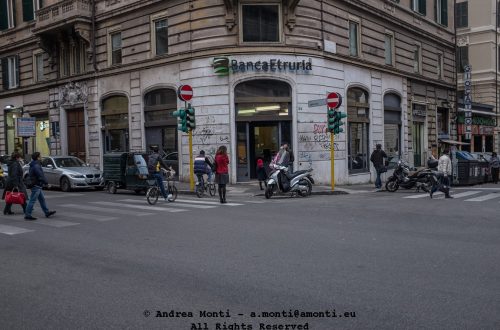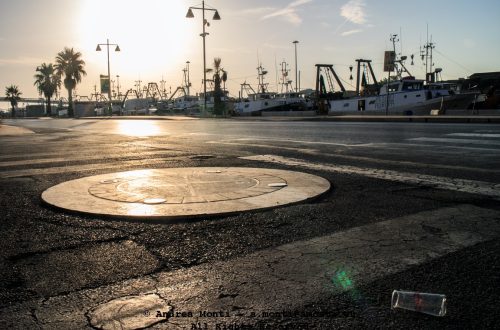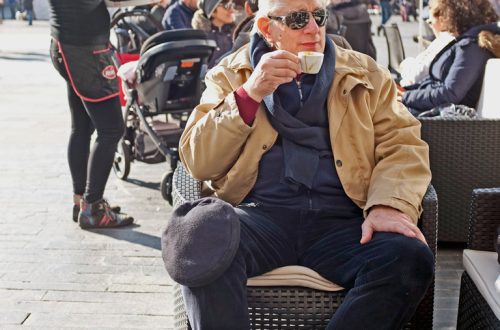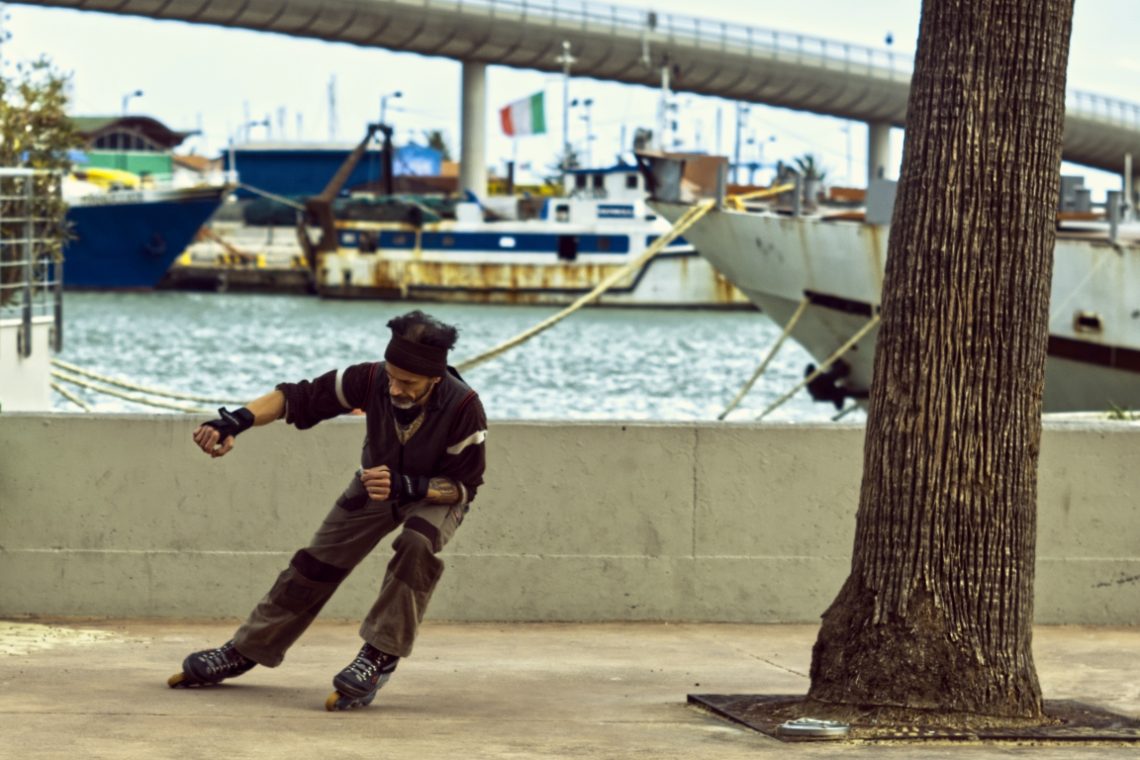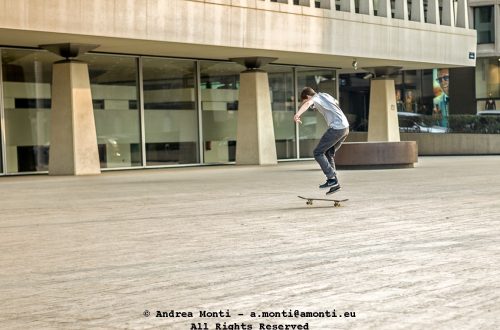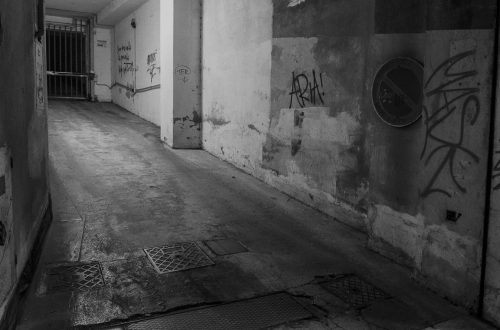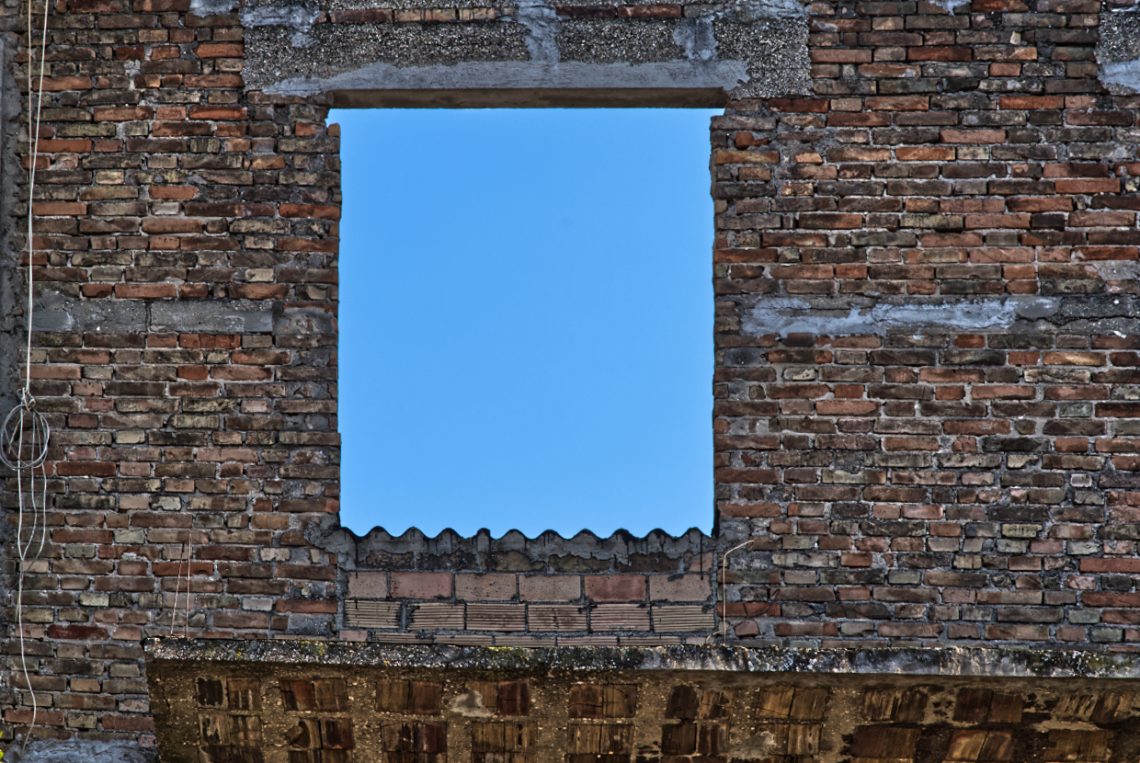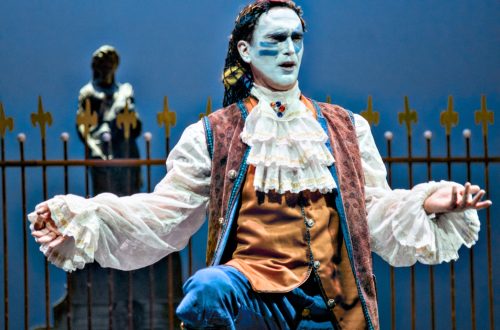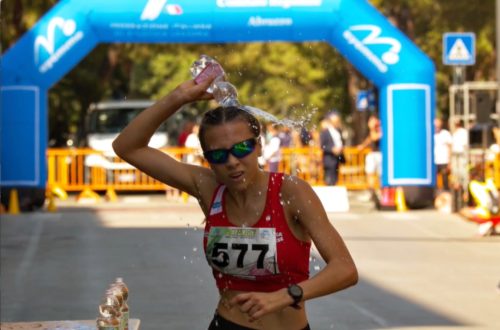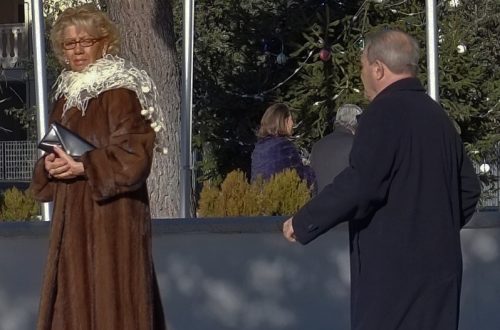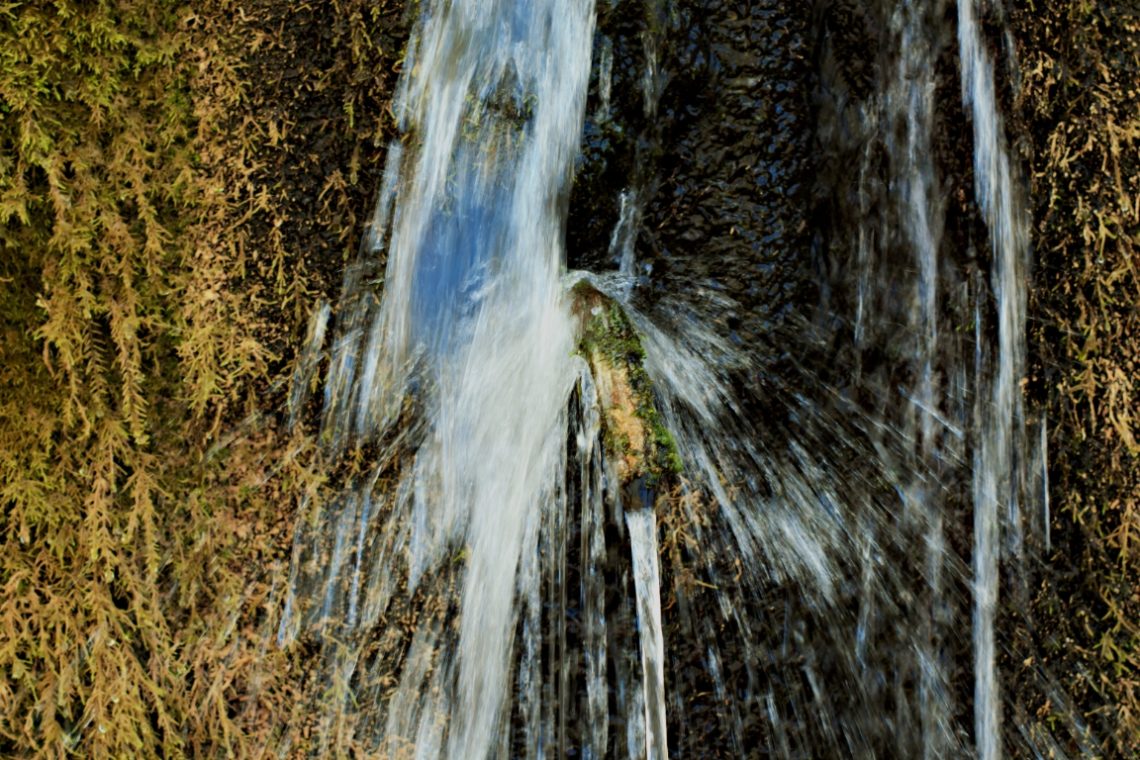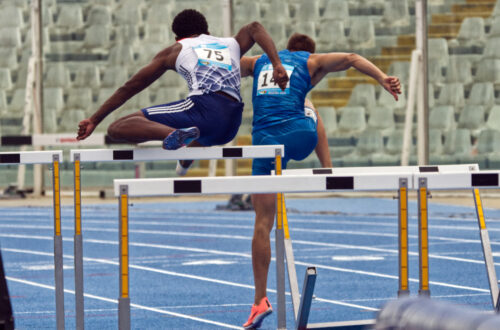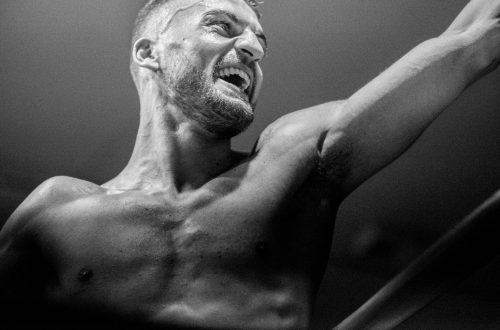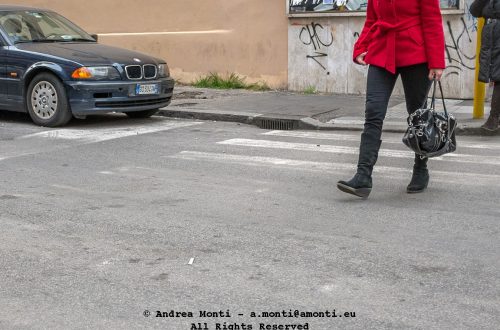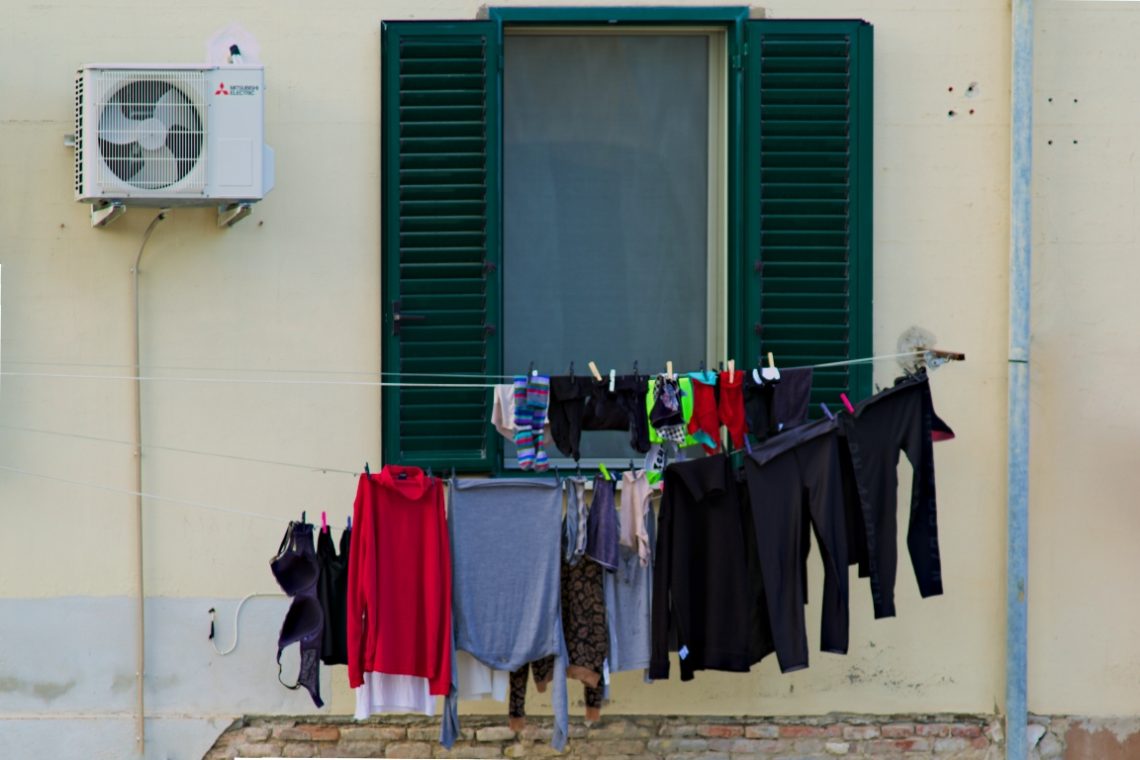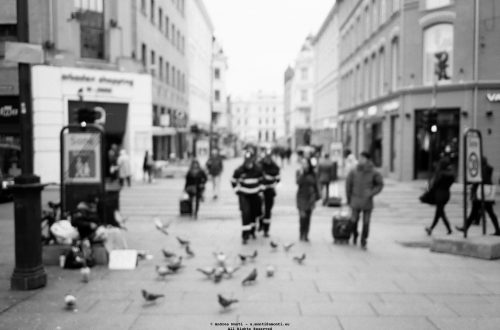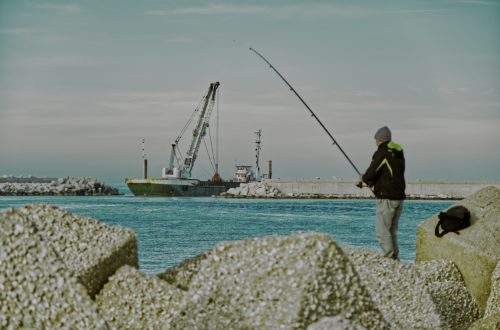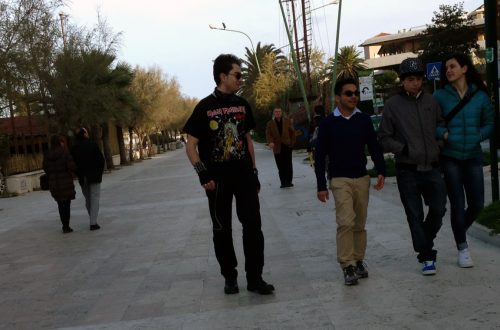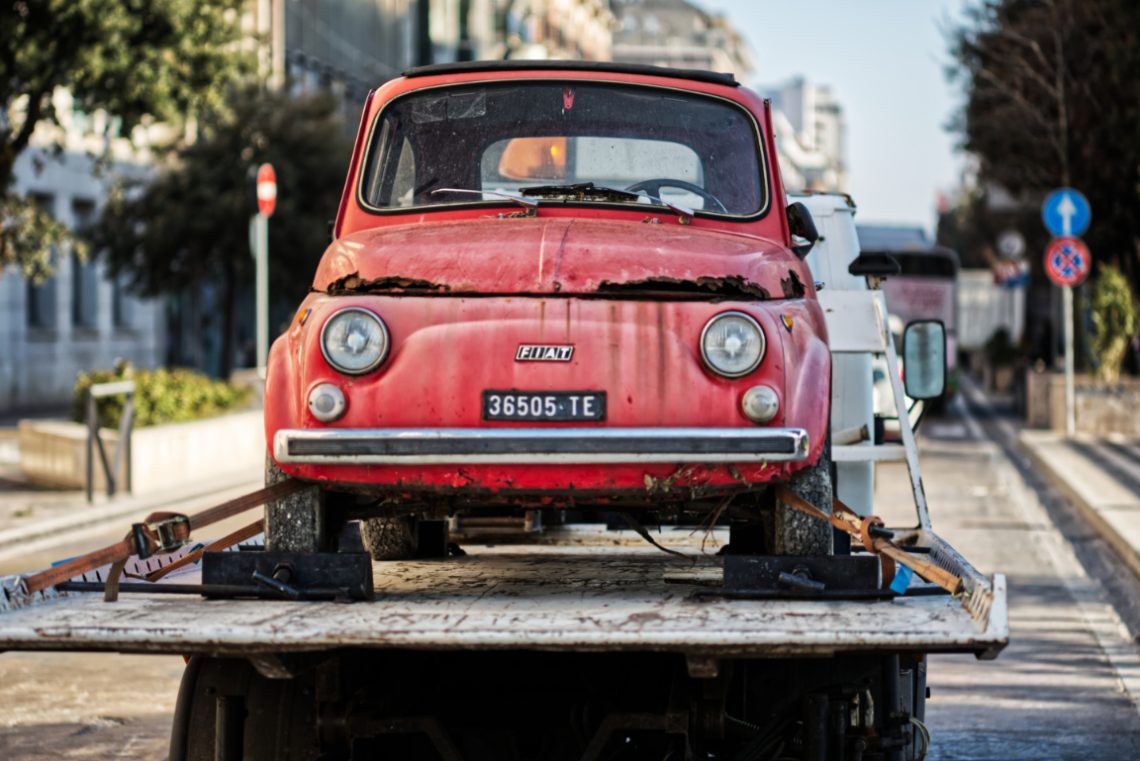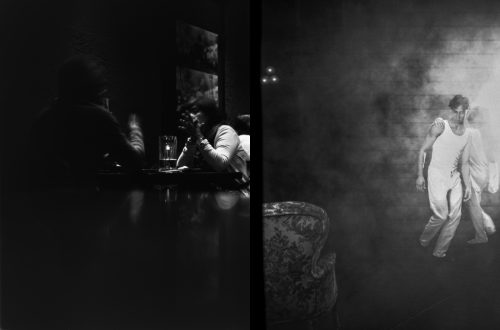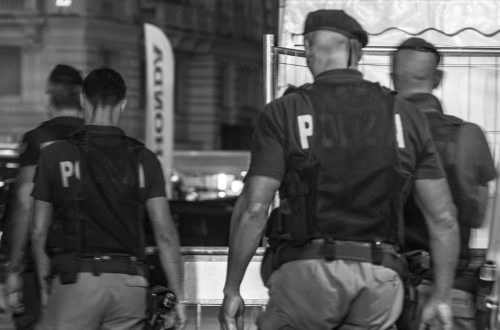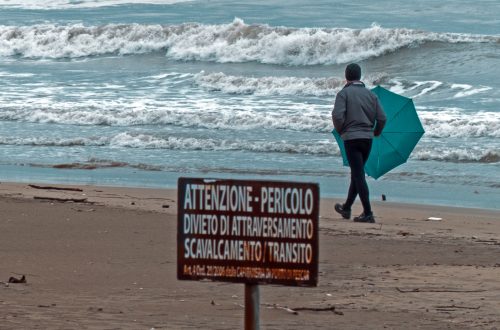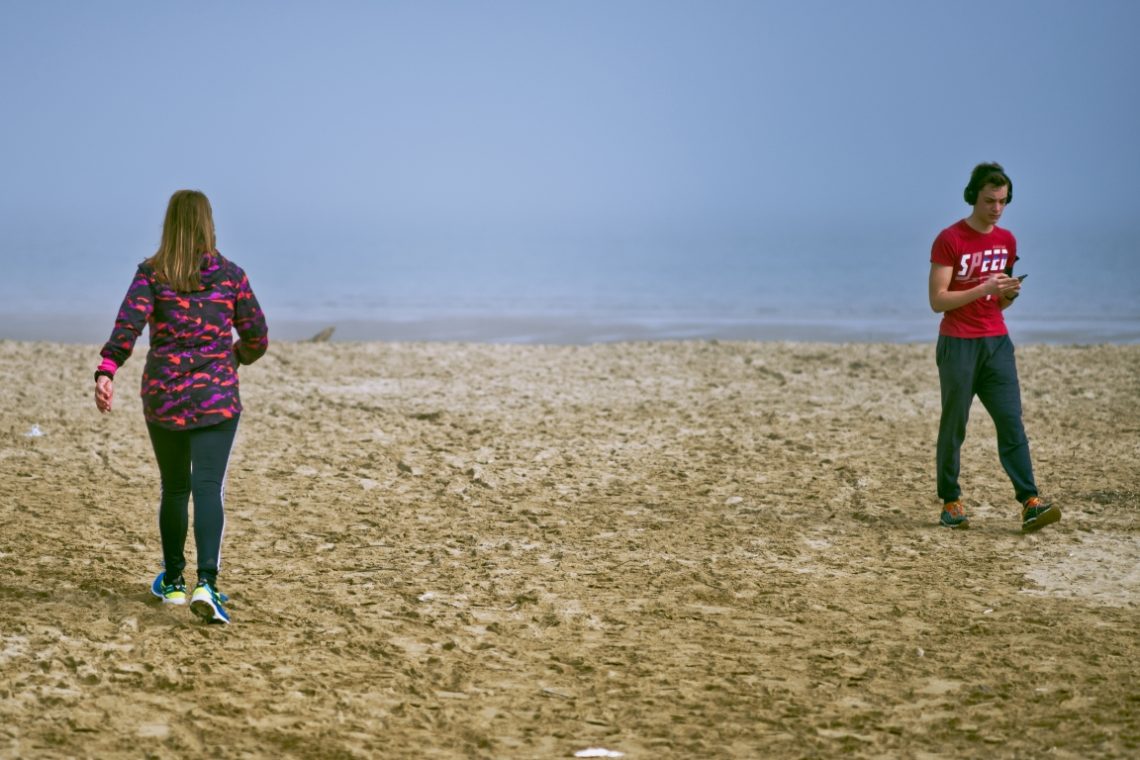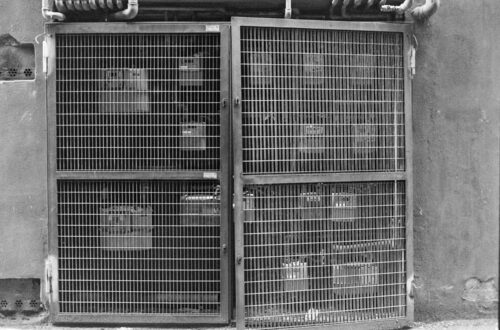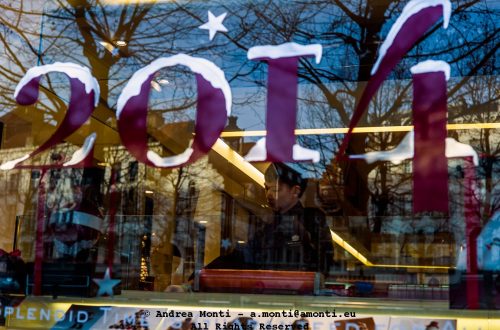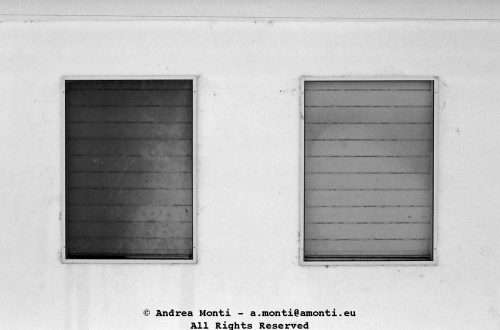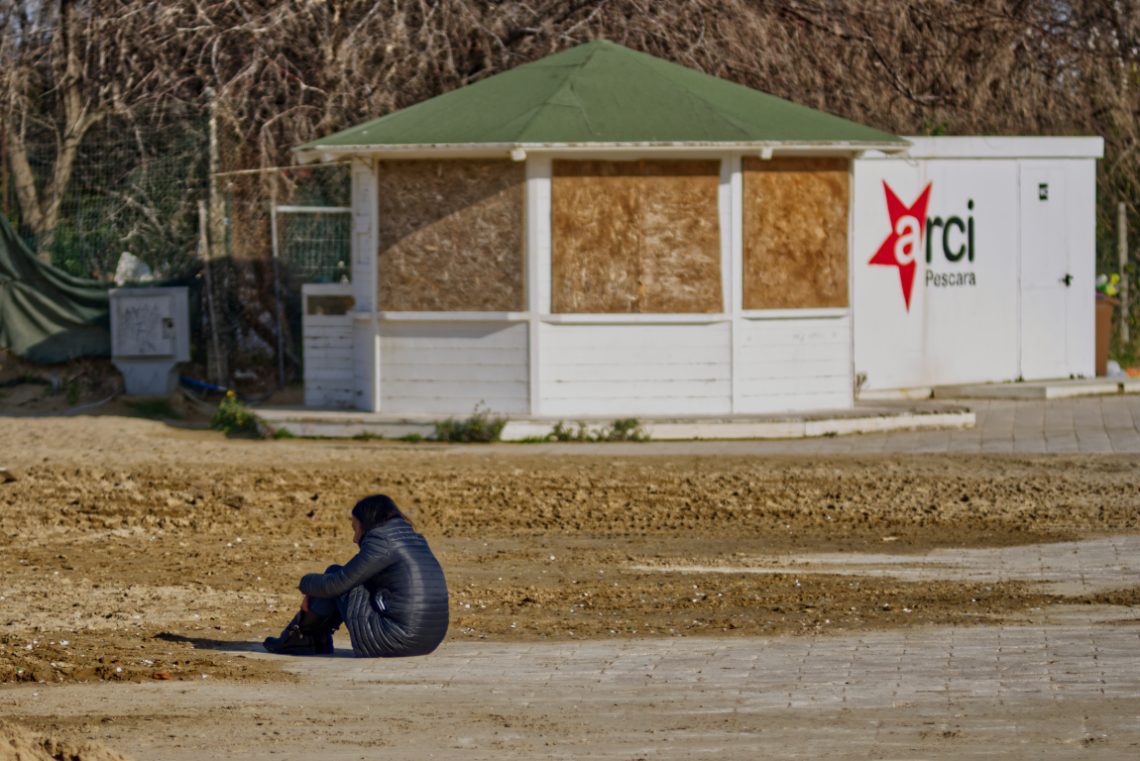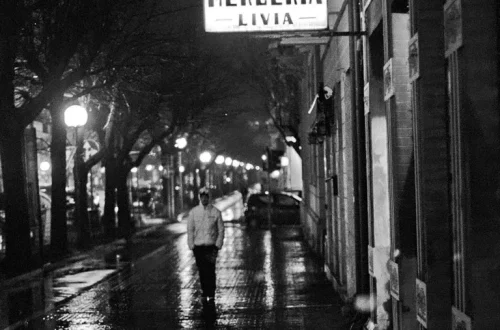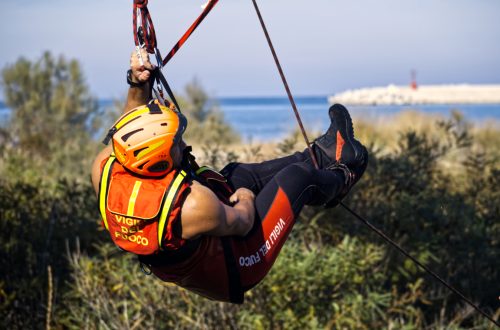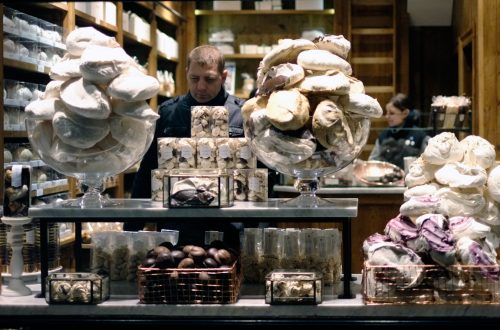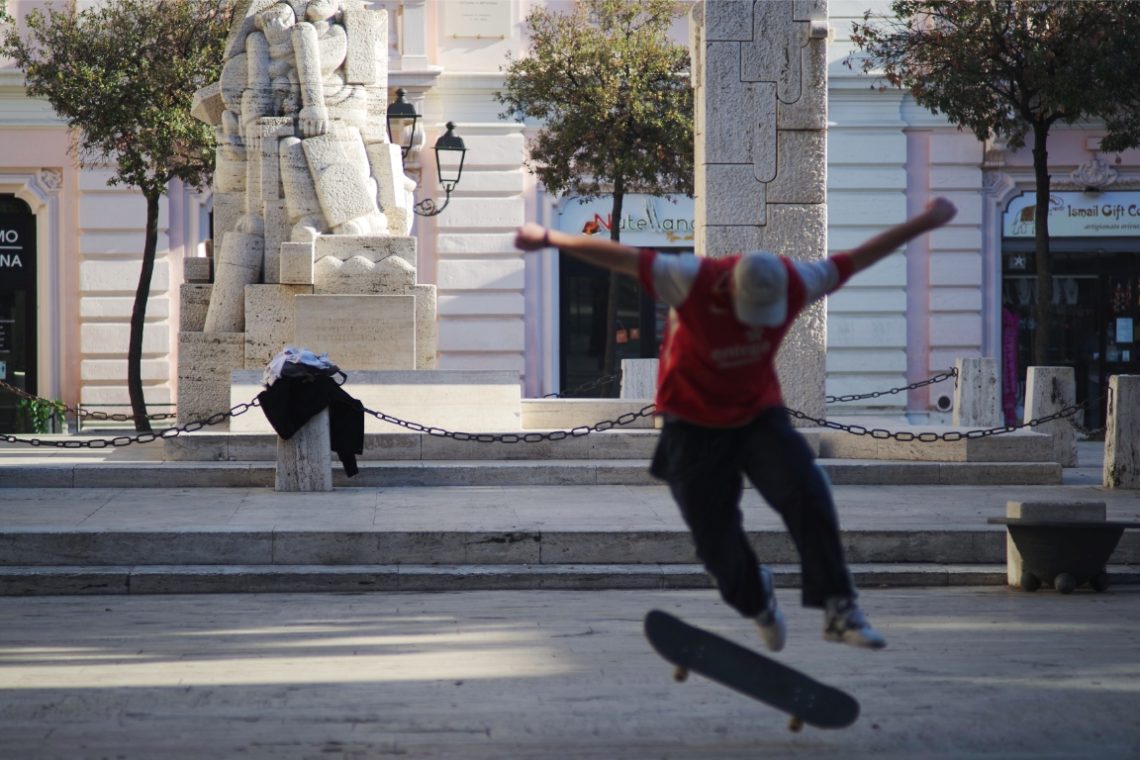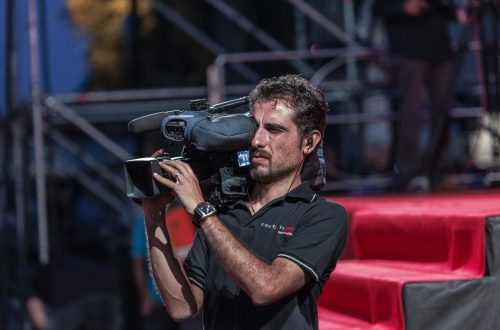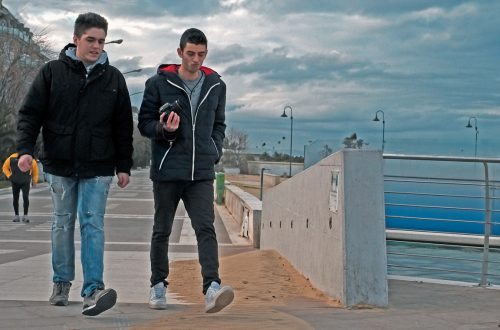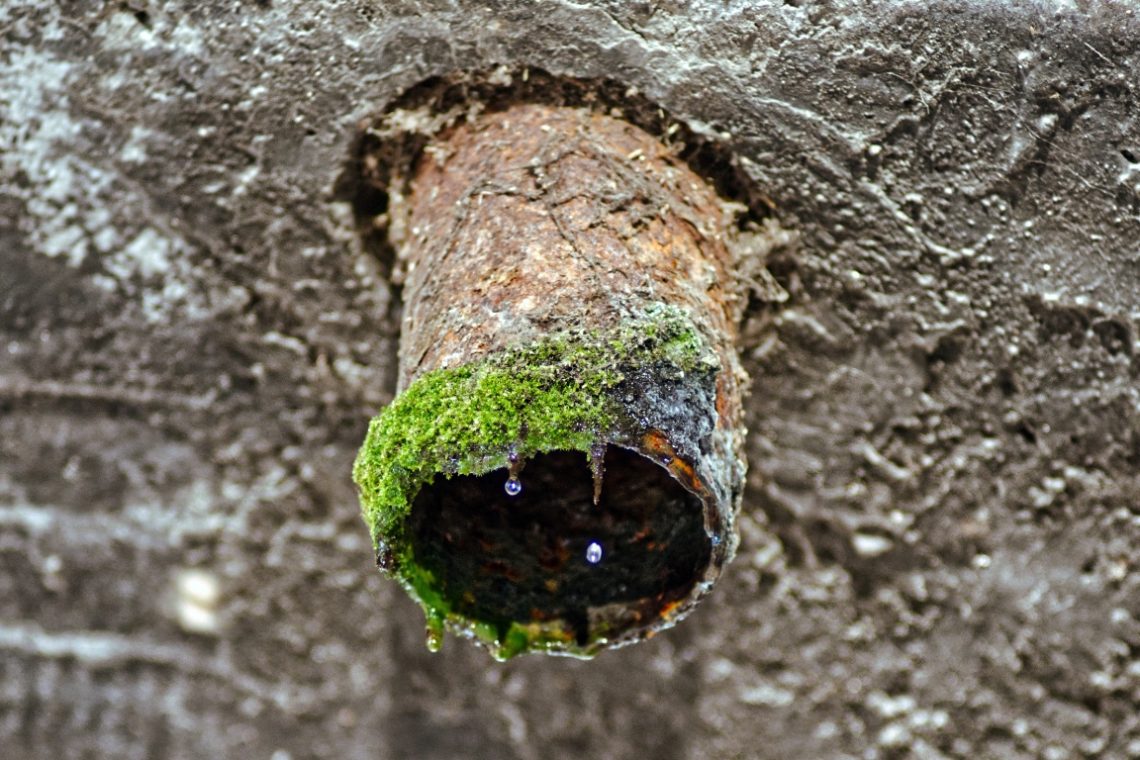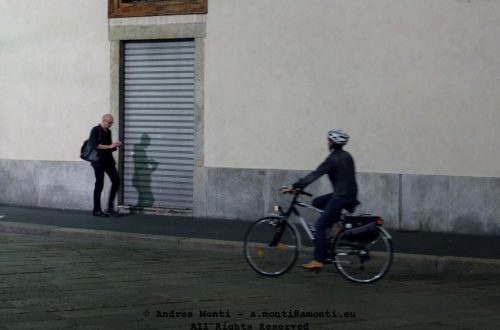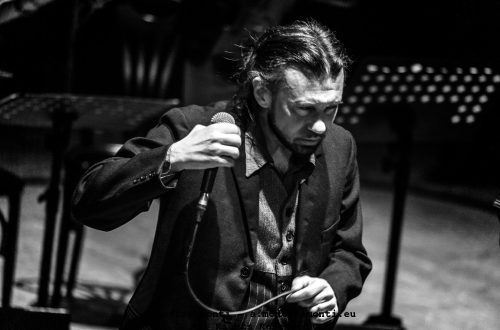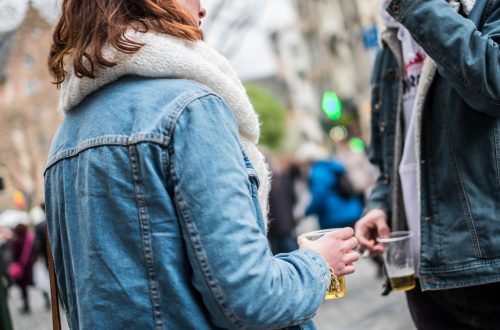-
Fujifilm X-T3 Video Cheat Sheet
Although the Internet (and Youtube) are full of information about using the Fujifilm X-T3’s video capabilities —kudos to Chris Lee’s Pal2Tech Youtube channel for his incredible work— having a ‘quick ‘n’ dirty’ cheat sheet works better when all you need is information and not entertainment. This cheatsheet is organised according to (my personal) logic rather than to the camera’s menu order. It starts from the outside and goes deep down the intricacies of the various features. It also highlights some techicanilities that, although written in the manual, have not so obvious implications. A final word: this is a work-in-progress. More information will be added as soon as they become available.…
-
Toxic Waste in Open Air
-
Dark Cloud Over San Pietro
The tension wasn’t subtle. I framed this on a humid Roman afternoon, the kind where the air sticks and light flattens the facades. At the vanishing point: San Pietro, serene and untouchable, a facade that’s absorbed centuries of ceremony and conflict. But in the foreground—armoured steel, automatic rifles, and red-striped barricades—modern anxieties assert themselves. This is what occupation looks like when dressed as precaution. The symmetry of the shot exaggerates the contrast. The axis from the dome to the vehicle is mathematically clean, unnerving in its balance. You can’t not look down the middle, and once your eyes reach the Iveco Lince, you realise you’re not a tourist anymore. You’re…
-
Fixing the ship
-
Forza Italia
I took this frame in the middle of a warm evening on a busy shopping street. The crowd flowed by—quick glances, weekend chatter, the usual rhythm of a city centre. But what caught my eye was this man, sitting quietly on the kerb, Italian flags resting against a tree, another in his hands, waving lightly in the breeze. He wore a mask, a straw cap, and sandals. Behind him, mannequins lit up glossy storefronts. In front of him, passers-by moved without pause. For a second, I stood still with the camera. Then I saw it. The flag, mid-motion—green, white, red. The symbol of a nation, fluttering not from a balcony,…
-
Feuer
-
Technological Memento
-
Wonder… Wall
The ball hangs in that fleeting, decisive moment — neither fully blocked nor cleanly smashed — suspended in a fraction of time that speaks volumes about the tension of beach volleyball. I took this with the Nikon D750 paired with Sigma’s 150-600 Contemporary, a combination that offers both reach and flexibility for sports work, though it demands a steady hand and a keen eye to keep subjects sharp. Compositionally, I opted for a tight crop that puts the net and players right into the viewer’s space. There’s no room here for context or the comfort of distance; you’re practically part of the rally. The branding and banners in the background…
-
A Seagull
Handheld.
-
Moon, hand-held
-
A ‘Trabocco’ on the Adriatic Sea
-
Taking-Off
This is a test for the Viltrox AF 56/1,4 XF’s autofocus. The pidgeon took-off suddenly and I just had to point and shoot. The lens behave fairly. I didn’t plan this shot—I reacted. The pigeon launched off the cobbles just ahead of me, wings outstretched, backlit by the fragmented morning light reflecting off the street. I tracked it instinctively and pressed the shutter a fraction before it left the frame. For a moment, everything aligned: subject, motion, light, and a surprising stillness in the middle of movement. The composition isn’t textbook. The bird isn’t centred—more like hovering toward the bottom third, wings drawing a wide V across the soft texture…
-
A Fountain’s Jet
I took this shot with a Viltrox AF 56/1,4 XF at full aperture. The focus reacted swiftly, and the colours’ rendition is pretty accurate. There is minimal colour fringing. However, it is more likely caused by air bubbles rather than by the lens itself. Like its bigger sibling, the AF 85/1,8 XF, this lens is excellent. Photographing water at f/1.4 is, in many ways, an exercise in precision gambling. The Viltrox AF 56mm f/1.4 XF, mounted on the Fuji X-T3, gave me a razor-thin depth of field to work with. At this aperture, there’s no room for hesitation – you either nail the plane of focus or lose the subject…
-
Footprints
-
Deserved Rest
-
A Street-Skater on the Waterfront
I came across him by the harbour on a day when the wind carried the smell of salt and diesel from the moored fishing boats. He wasn’t performing for an audience—just skating alone, immersed in his own rhythm. His movements were sharp but fluid, somewhere between dance and martial art. I wanted to capture that moment when the body leans into balance, teetering on the edge of a fall but never crossing it. The setting presented an immediate visual contrast: the fluidity of his posture against the static, almost heavy backdrop of the docked ships. I framed him to the left, letting the background breathe, so that the masts, ropes,…
-
Open Interior
-
Splinter
-
Drying Clothes
-
The Last Journey Of An Hero of Italian Motoring
Behold, the Fiat 500. Not the modern one that’s all airbags and Bluetooth and makes you feel like a fashion blogger. No, this is the real thing. The original. The glorious, underpowered, unapologetically tinny Italian shoebox. And look at it now—strapped to the back of a truck like a pensioner wheeled out of the bingo hall for the last time. Rusted. Flat-tyred. Beaten. Magnificent. I spotted it being hauled away through a southern Italian town, and frankly, I nearly wept. This was once the car that got a nation moving. The people’s Ferrari. The automotive embodiment of an espresso shot. And now? A hunk of oxidised metal destined for the…
-
Uninterested
No glance. No nod. Just two people moving through the same space, as if the other didn’t exist. This was taken on a beach that should have felt wide open, maybe even freeing—but something about the moment made it feel small, enclosed. The boy looks down at his phone. The girl walks past him, eyes fixed forward. Neither slows. Neither turns. They’re metres apart, yet orbiting separate worlds. I didn’t ask for this scene. It unfolded on its own. A brief choreography of disconnection. Their postures say enough: one drawn into a screen, the other into her own stride. There’s no hostility here—just absence. A quiet kind of loneliness, the…
-
Pensive
Manual focus needs practice. This photo would have been better if I framed also the top of the cabin and focused better the person.
-
A Skater
Framing the whole statue would have made this photo better. The mistake was caused by the necessity to shoot fast, the lens’ field of view and the distance between the subject and the focal plane.
-
A Droplet
Sometimes the most unassuming subjects hold the greatest visual intrigue. A Droplet invites us to pause before a corroded pipe, its mouth fringed with moss and decay, and notice the minute beads of water suspended in time. The scene is humble, even neglected, yet it carries a quiet dignity — a testament to the slow, unrelenting processes of nature reclaiming the man-made. From a compositional standpoint, the photographer has made the astute decision to centre the pipe, drawing the eye directly to the mossy rim and the droplets. The shallow depth of field isolates the subject from the textured wall behind it, giving the image a pleasing three-dimensionality. The fine…
